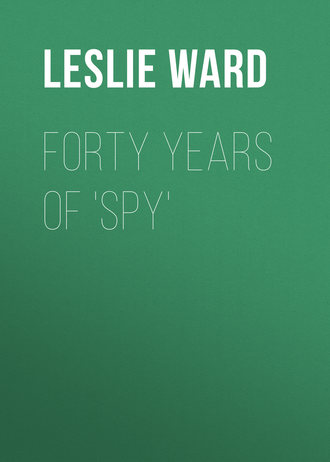Forty Years of 'Spy'
 полная версия
полная версияForty Years of 'Spy'
Жанр: культура и искусствозарубежная классикаизобразительное искусствозарубежная литература о культуре и искусствехобби, досуг
Язык: Английский
Год издания: 2018
Добавлена:
Настройки чтения
Размер шрифта
Высота строк
Поля

